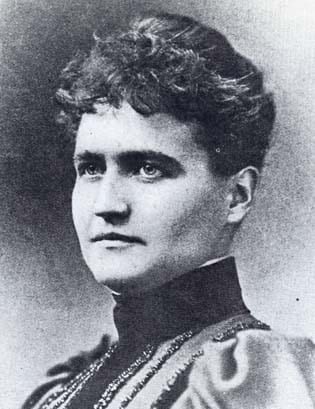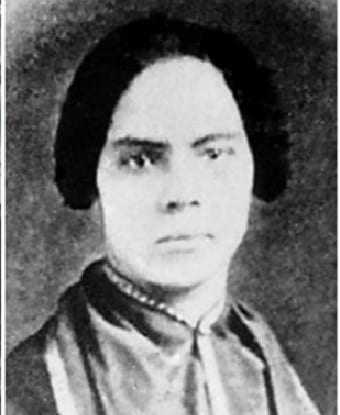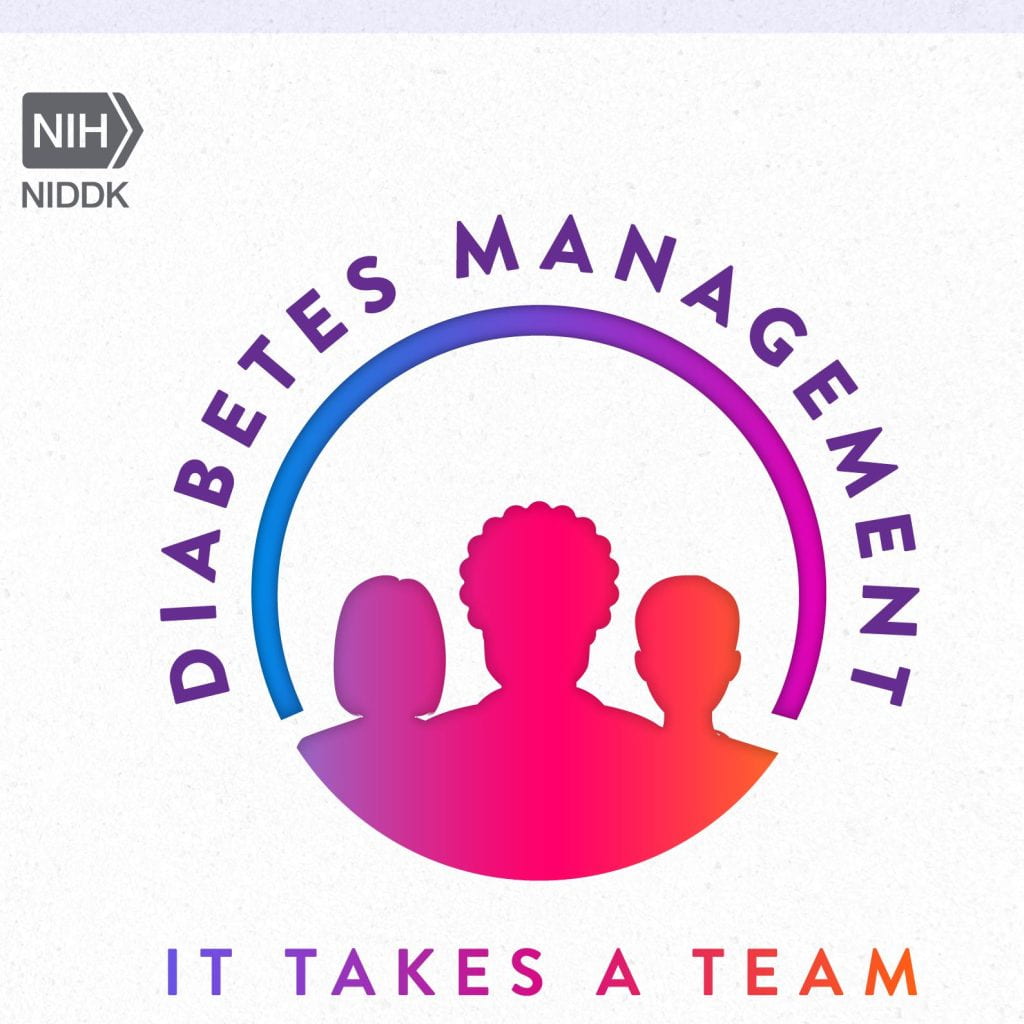
LGBTQ+ news outlets and civil rights organizations are reporting that across the country local, state and federal legislatures are continuing to introduce legislation that targets the transgender community. The Human Rights Campaign’s (HRC) President Kelley Robinson noted in an a recent interview that the organization is “currently tracking over 400 bills against our community” (Riedel, 2023, para. 9) and the HRC released a new report which found that “more than one-fifth of trans youth live in states that have passed bans on gender-affirming care for minors” (Factora, 2023, para. 1). For many transgender individuals, supportive family members, and friends and allies, the onslaught of anti-trans bills and legislation feels stifling and overwhelming. To honor this year’s International Transgender Day of Visibility, this article will offer resources and tools to help transgender people and allies in the fight for safe and affirming healthcare.
Most legislation seeks to limit children’s and teen’s access to gender-affirming services, though some journalists note that certain states are now moving to limit trans adults’ access to care. Independent journalist and activist Erin Reed “is particularly concerned about a new type of gender-affirming care ban that includes trans adults….These new bills would, in effect, force trans adults to detransition by restricting the gender affirming care they may already have been accessing.” (Haug, 2023, para. 5)
Them, an online LGBTQ+ news outlet, reported that “Bills targeting the rights of trans youth at school and in health care are also gaining ground…These include school-based bills, which often target trans students’ privacy around using their correct pronouns and names at school, as well as bills targeting pronoun use more generally” (Haug, 2023, para. 12).
On a federal level, H.R.5 which was introduced in the House of Representatives earlier this year, would “require elementary and middle schools that receive federal funding to obtain parent consent before “changing a minor child’s gender markers, pronouns, or preferred name on any school form; or allowing a child to change the child’s sex-based accommodations, including locker rooms or bathroom” (Mizelle & Wilson, 2023, para. 4). While this bill passed in the House of Representatives, it is not expected to be voted on in the Senate.
Some states are moving to secure or expand the healthcare rights of transgender people. In Maryland, the legislature passed the Maryland Medical Assistance Program–Gender-Affirming Treatment also known as the Trans Health Equity Act and this is expected to be signed into law by Governor Wes Moore. This bill will go into effect on January 1, 2024, and many activists see the bill as one of the most positive pieces of legislation to date. The Trans Health Equity Act “would require Maryland Medicaid, beginning Jan. 1, 2024, to provide coverage for additional gender-affirming treatments…The expanded treatments include hormone therapy, hair alteration, voice therapy, physical alterations to the body, and fertility preservation” (Gaines & Sears, 2023, para. 9). Maryland’s bill could serve as a template for other states that seek to provide healthcare services to trans individuals.
While many anti-trans bills fail to become laws, their existence impacts the mental health of transgender people. The Trevor Project, an LGBTQ+ youth advocacy organization, reported in January that “state-level anti-trans laws negatively affected the mental health of 86% of trans and nonbinary youth between ages 13 and 24” (Factora, 2023, para. 6). Researchers found that trans and gender-diverse youth who receive gender-affirming care experience “lower rates of adverse mental health outcomes, build [their] self-esteem, and improve [the] overall quality of [their] life…” (Department of Health and Human Services, n.d., pg. 1; Green et al. 2022). It is important to support the transgender community and work alongside activists and organizers as they seek to expand trans people’s access to gender-affirming healthcare.
With any civil rights issue, it is vital to listen to activists, organizations and the people most impacted. Journalists and trans rights organizations are actively tracking new and upcoming bills that target their community and they often provide new, verified updates as soon as they’re made available. Organizations and individuals who are actively working to inform the public include:
- Erin Reed is an activist, journalist, and content creator who shares updates on anti-LGBTQ+ legislation in the United States and around the world. She seeks to “achieve gender justice for queer and marginalized people through education and understanding” (Reed, n.d., para. 1). Her content is available via Twitter, TikTok, Instagram, and her Substack newsletter. Her website also features an informed consent HRT (hormone replacement therapy) map and an anti-trans legislative risk map. Both of these resources are updated frequently.
- The Trans Formation Project is a grassroots organization “dedicated to tracking and educating about the anti-trans legislative crisis currently sweeping the United States” (Trans Formation Project, 2023, para. 1). The organization’s website features resources that educate people on the current landscape of legislation that impacts the lives of trans people. The organization tracks local, state and federal legislation and also has a ‘Legislator Scorecard’ for people interested in learning about their representatives’ stances on trans rights and the trans community.
- The Human Rights Campaign (HRC) is another organization that seeks to support the LGBTQ+ community and strives to build an inclusive environment within the United States and around the world. The organization also actively tracks current legislation. The HRC provides resources to educate people on LGBTQ+ issues and the community. Their ‘Myths and Facts: Battling Disinformation About Transgender Rights’ and ‘Transgender and Non-Binary People FAQ’ are examples of some of the resources that affirm the lived experiences of trans and gender-diverse individuals.
Himmelfarb Library’s collection contains resources that discuss trans healthcare. Some of the titles include:
- The Pocket guide to LGBTQ mental health: understanding the spectrum of gender and sexuality (2020) edited by Petros Levounis and Eric Yarbrough
- Trans Health: international perspectives on care for Trans communities (2022) by Appenroth et. al
- The International journal of transgender health (2020-)
- Understanding trans health: discourse, power and possibility (2018) by Ruth Pearce
- Transgender and gender diverse health care: the Fenway guide (2022) edited by. Alex S. Keuroghlian, Jennifer Potter & Sari L. Reisner
Our Diversity and Disparities in Health Care collection features over a hundred items and is an invaluable resource for users who wish to learn more about trans healthcare and how to interact with their trans and gender-diverse patients.
The amount of new discriminatory legislation and harmful rhetoric surrounding the trans and gender-diverse community is overwhelming. If you are mentally or emotionally impacted by the continuation of anti-trans sentiments and laws, please seek mental health services, if possible. SMHS’s Mental Health Resources page can connect you with mental health resources that may be beneficial. GW’s Counseling and Psychological Services (CAPS) provides mental health counseling to GW students and the community.
On this year’s International Transgender Day of Visibility, we recognize that the fight to protect and affirm transgender and gender-diverse people is still ongoing. In February 2023, Gabrielle Union-Wade and her husband Dwyane Wade gave an emotional and inspiring speech that called on people to continue to fight for trans rights. We would like to share their speech in an effort to remind people of the importance of this work:
References:
- Department of Health and Human Services. (n.d.) Gender-Affirming Care and Young People. https://opa.hhs.gov/sites/default/files/2022-03/gender-affirming-care-young-people-march-2022.pdf
- Factora, J. (2023, March 23). 1 in 5 American Trans Kids Live in States That Have Passed Bans on Gender-Affirming Care. Them. Accessed March 30, 2023 from https://www.them.us/story/trans-kids-gender-affirming-care-bans-hrc-report
- Gaines, D.E. & Sears, B.P. (2023, March 18). Busy Saturday: House passes Trans Health Equity Act, advances price-gouging and data protections, backs a new state spirit. Maryland Matters. Accessed March 30, 2023 from https://www.marylandmatters.org/2023/03/18/busy-saturday-house-passes-trans-health-equity-act-advances-price-gouging-and-data-protections-backs-a-new-state-spirit/
- Green, A. E., DeChants, J. P., Price, M. N., & Davis, C. K. (2021). Association of Gender-Affirming Hormone Therapy With Depression, Thoughts of Suicide, and Attempted Suicide Among Transgender and Nonbinary Youth. Journal of Adolescent Health, 70(4). https://wrlc-gwahlth.primo.exlibrisgroup.com/permalink/01WRLC_GWAHLTH/gr7gmc/cdi_proquest_miscellaneous_2611657469
- Haug, O. (2023, January 19). After a Grueling 2022, Anti-Trans Legislation is Set to Get Worse in 2023. Them. Accessed March 30, 2023 from https://www.them.us/story/anti-trans-lgbtq-legislation-2023-new-laws
- Mizelle, S. & Wilson, K. (2023, March 24). House passes GOP education bill that aims to provide additional oversight for parents. CNN. Accessed March 30, 2023 from https://www.cnn.com/2023/03/24/politics/house-vote-parents-bill-of-rights-act/index.html
- Riedel, S. (2023, March 20). “Trying to Drag Us Back”: HRC President Kelley Robinson on the Push Against Trans People. Them. Accessed March 30, 2023 from https://www.them.us/story/hrc-kelley-robinson-anti-trans-legislation
- Reed, E. (n.d.). About Me. Erin Reed. https://www.erininthemorning.com/
- Trans Formation Project (2023). About Trans Formation Project. https://www.transformationsproject.org/about
















